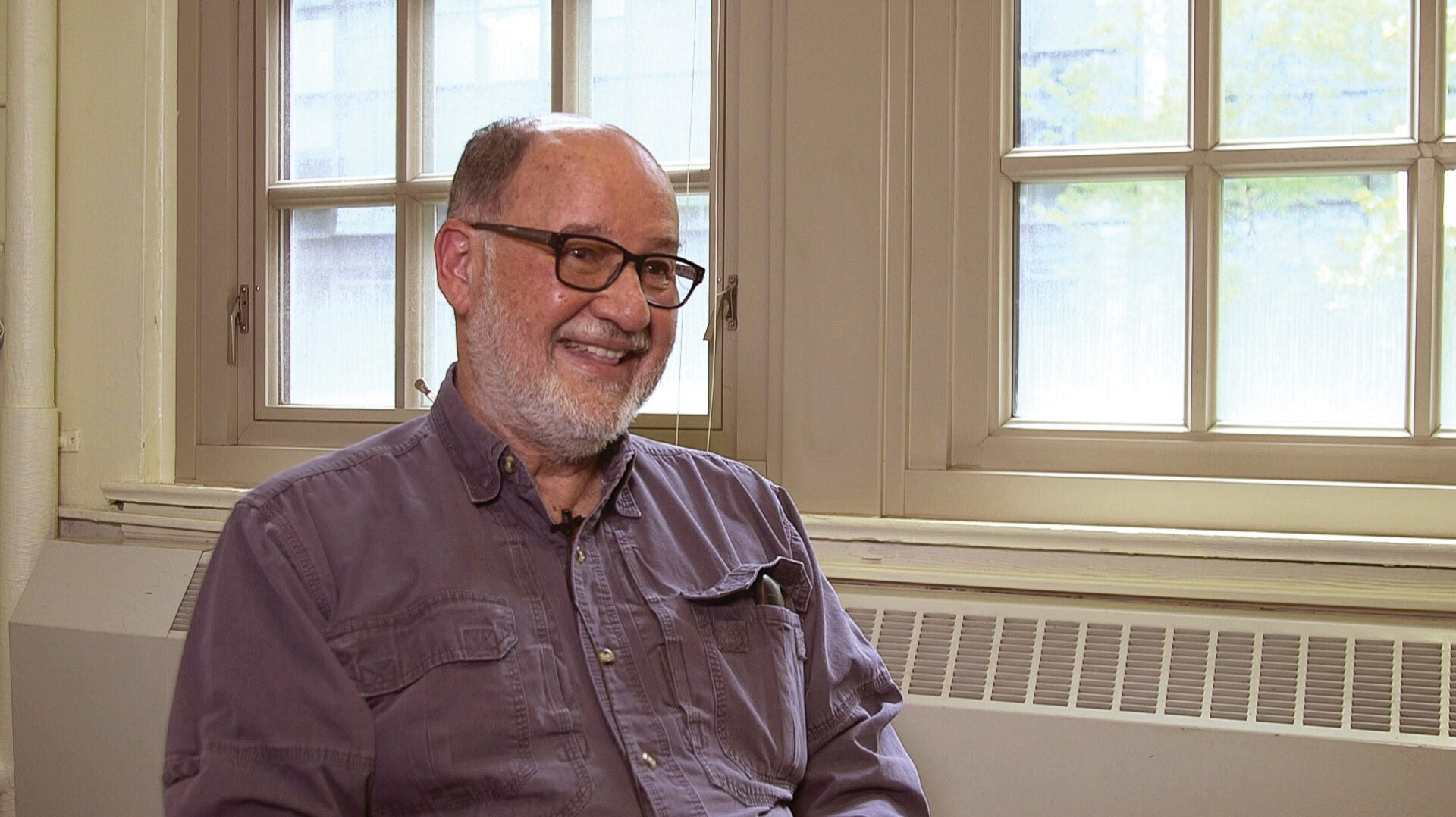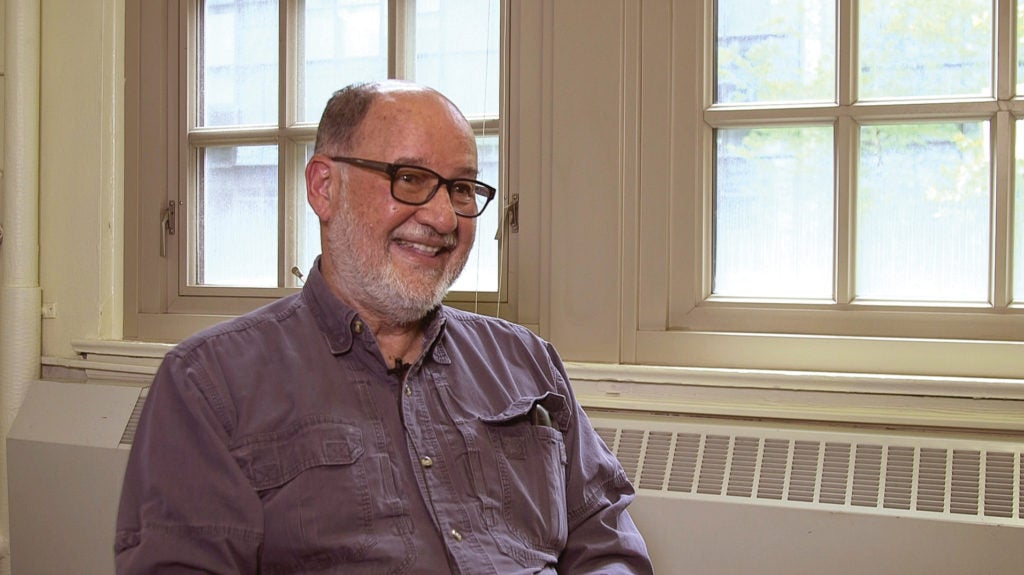
Exploring a Smart Grid Solution for Puerto Rico
“Electrify Everything” may be the most influential energy policy idea in the world today, and Jorge Santiago-Aviles is strengthening the smart grid backbone of that idea with innovations in distributed solar power.
When Hurricane Maria hit Puerto Rico, the initial force of the storm devastated structures and killed dozens of people, but its damaging effects worsened because of an island-widepower outage. It took nearly a year to fully restore electricity to all neighborhoods. More than a thousand deaths have been attributed to the domino effect of lost electricity, ranging from people unable to use medical devices such as respirators, to people unable to take their refrigerated medicines such as insulin.

These catastrophes only reinforced what had been known for quite some time: Puerto Rico needs a more resilient energy grid. Professor Jorge Santiago-Aviles believed that out of the tragedy of Hurricane Maria there was an opportunity to create a new smart grid built off of renewable energy. After all, “distribution was totally destroyed,” Santiago- Aviles says. This idea of a smart grid also interested one of Santiago-Aviles’s Ph.D. students who was interested in energy policy issues.
A native of Puerto Rico, Santiago-Aviles reached out to a friend who lived in the southwest part of the island and had photovoltaic panels on his roof. These grid-tied panels generated about 15 kilowatts of energy and were linked to software that produced a data file about the production of each individual panel. Using those data files along with data from the weather bureau about cloud cover in the region, and funding from the Kleinman Center for Energy Policy, Santiago-Aviles hired an engineering student who developed a model of the panels using artificial intelligence.
“In what season will we have more cloud cover? In what part of the day will we have more cloud cover?” Santiago-Aviles wanted to know. “And how will the grid react?”
He found that there are some influences of renewables on the grid, and that they were larger than anticipated. In the United States the grid is faster, more modern, and has more stray capacity; in Puerto Rico smaller fluctuations had a bigger effect. That said, even such a small amount of photovoltaics could feed the grid during the day, a promising sign.
Today Santiago-Aviles estimates that approximately 20 percent of the island’s energy comes from renewable sources, compared to “maybe 1 percent” before the hurricane. The new island-wide smart grid hasn’t come to pass yet, due to a complicated political situation. But when the time comes, he hopes to provide models that shape Puerto Rico’s energy future.
Policy Challenge
Throughout the world, critical interoperability standards, such as IEC 61850 and IEEE 1547, are being developed and applied. In 2017, 39 states took a total of 288 policy actions related to the smart grid and its components— such as non-wire alternatives, rate reform, advanced metering, and integration of distributed resources like rooftop solar and energy storage. In Puerto Rico, where energy systems are being rebuilt, there is new law and emerging policy in the Commonwealth that has established an urgent agenda for a cleaner and more resilient grid.
The Numbers
To complete a smart grid by 2030, the Congressional Research Service estimates that the U.S. electricity industry will spend up to $46 billion. The remaining investment needs range between $260 billion and $526 billion.
Further Reading
In what season will we have more cloud cover? In what part of the day we have more cloud cover? And how will the grid react?
Jorge Santiago-Aviles
